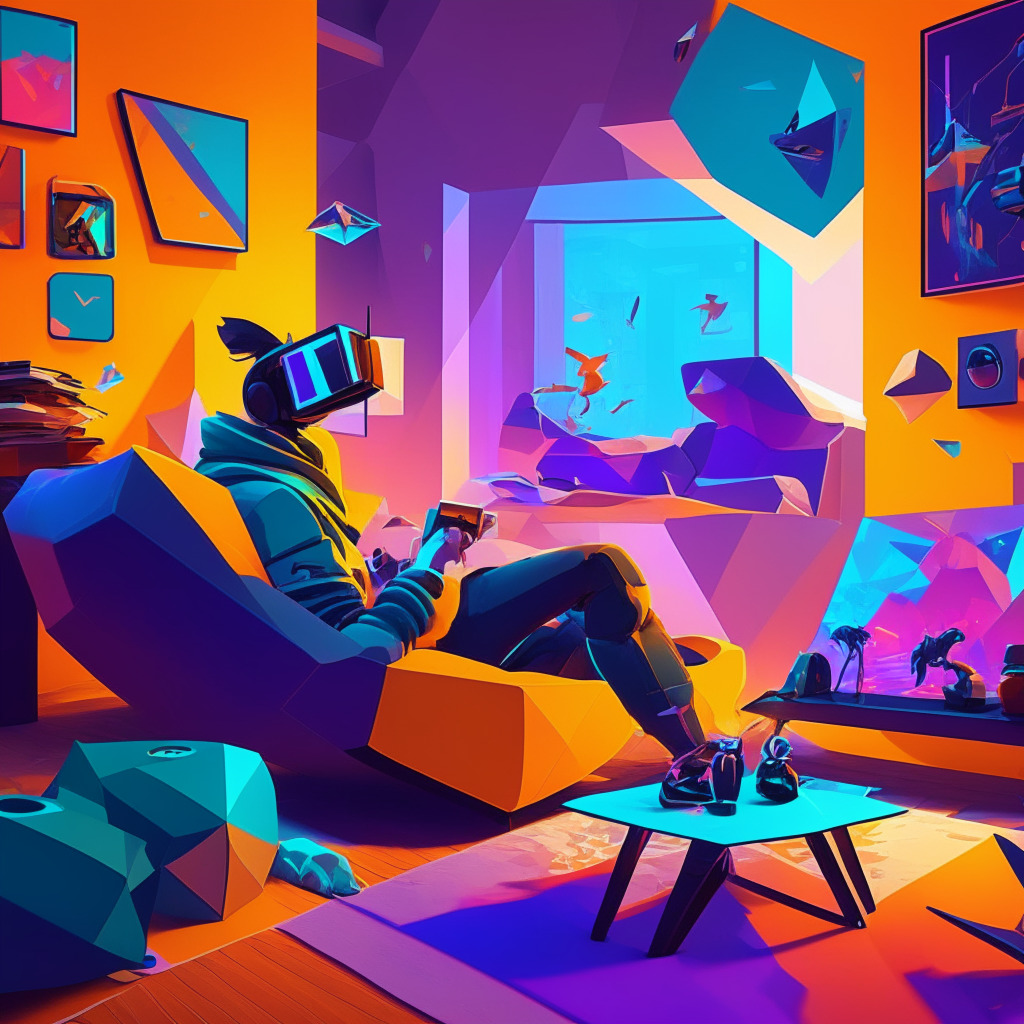Apple’s recent reveal of the Vision Pro augmented reality (AR) headset has captured the attention of many tech enthusiasts. Priced at $3,499, the device boasts an array of innovative features to provide an unparalleled augmented reality experience. However, one aspect that appears to have taken a back seat in Apple’s presentation is gaming.
During the announcement, Apple showcased compatibility with existing Apple Arcade games, originally designed for iPhones, iPads, Macs, and Apple TVs. With over 100 Apple Arcade games expected to be available for the Vision Pro by early 2024, users can look forward to titles such as Disney Melee Mania, Crossy Road+, Sonic Racing, and Lego Builder’s Journey. Existing iOS apps like Candy Crush Saga and Myst Mobile are also slated for ports.
Despite the impressive lineup, Apple’s presentation highlights a significant focus on running existing casual games on virtual screens, rather than immersive AR gaming experiences like those found on the Meta Quest 2 or PC-based VR headsets. The absence of fully immersive VR games or original AR games that merge real and digital worlds for new experiences raises some concerns among gaming enthusiasts.
The potential of AR gaming was hinted at during Disney’s brief segment in the presentation, showcasing possible use cases like generating a Disney World parade on a kitchen countertop or having Mickey Mouse walk across a living room. However, these ideas were not thoroughly explored.
Apple’s Vision Pro packs groundbreaking technology; it is only a matter of time before developers tap into its potential for interactive games and immersive experiences. The announcement that visionOS will support the Unity engine bodes well for developers looking to port games or work on new projects using familiar tools.
However, the lack of captivating game demos in the presentation indicates that Apple is not prioritizing Vision Pro gaming as a key selling point. This could be attributed to the device’s high price point, aimed at deep-pocketed early adopters.
Apple’s historical indifference towards gaming comes into focus once again. While the company has profited greatly from App Store sales, it has not shown serious support for Mac gaming. The unveiling of the Vision Pro further solidifies this notion.
Interestingly, Apple showcased greater focus on Mac gaming during its WWDC keynote, highlighting new tools to aid porting, as well as featuring Hideo Kojima and his latest game, Death Stranding. However, gaming in the context of the Vision Pro and the potential for immersive experiences on the device, was largely neglected.
The event also notably omitted any reference to the concept of the metaverse, which has gained significant traction through Web3 games like The Sandbox and Decentraland.
While Apple’s Vision Pro has generated much interest, its approach to the AR gaming scene has left some wanting. It remains to be seen whether Apple has saved its cards for a later reveal or if it genuinely does not prioritize immersive gaming experiences on the AR platform.
Source: Decrypt




